Ornamentation
Since one of the goals of Project SIN was the exploration of identity strategies of the ancient inhabitants, we were very fortunate to discover a wide variety of objects associated with adornment, as well decorated figurines to provide an emic perspective on concepts of the 'body beautiful.' Rosemary Joyce, in her article on 'The Archaeology of the Body,' suggests three categories of archaeological information that can provide insights into personal concepts of identity: physical modifications to the body; jewelry and costume; and portraiture. These qualities are discussed in greater detail in an article due to be published in 2009, entitled 'Crafting the Body Beautiful: Performing Social Identity at Santa Isabel, Nicaragua'.
Objects of personal adornment occur in several media: ceramic, bone, shell, and greenstone. Ceramic objects included beads in several sizes, from tiny 'seed' beads to much larger pieces. One bead featured the sculpted face of the Mexican storm god, Tlaloc.
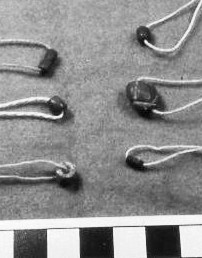
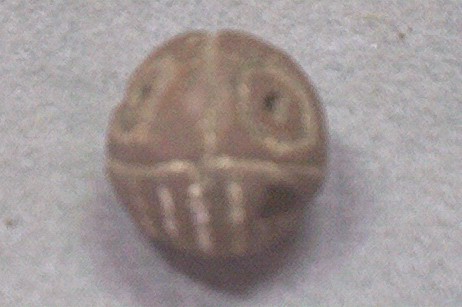
Small ceramic beads Bead with image of Tlaloc
Ceramic pendants were a very common form of ceramic 'jewelry.' These were fabricated out of broken potsherds by forming them into a circular or oval form, grinding the edges smooth, and then perforating them for suspension. No preference was giving to decorated sherds, so a roughly proportional number of plainware and polychrome sherds were found. One unique pendant had incising to depict what we interpret as a cacao pod; an identical object was found by Bransford ( ) on Ometepe Island.

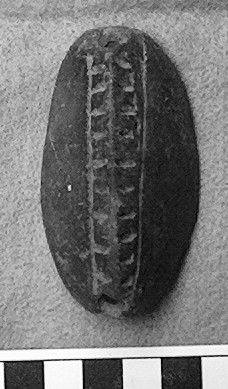
Ceramic pendant Cacao pod pendant
Ceramic ear spools were also found, ranging in size possibly relating to age or status. Most were short 'hourglass' shaped tubes, but some were longer. Two ornate ear spools were found on Mound 6, possibly a matched set.


Ceramic ear spools Decorated ear spool
Some of the most aesthetically beautiful ornamentation was made of bone. One tubular pendant was intricately carved with Mixteca-Puebla style serpents and eagles. It was perforated for horizontal suspension, and wear marks between the two perforations suggests the possibility that additional material was suspended below the bone. A second, plain tube was also found, perhaps of a piece discarded during production.
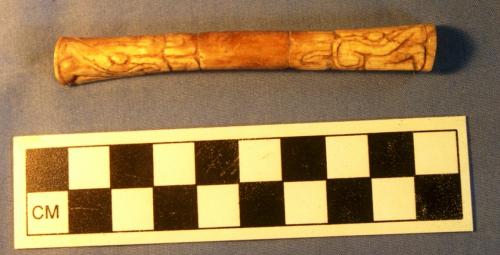
Carved bone pendant with serpent and eagle imagery
Another exotic piece was of what appears to be the mandible of a caiman, with semi-circular 'teeth' above the jaw decorated with nested triangles. Two deep gouges in the field of triangles look like they may have been settings for incrusted stones. Small pieces of ambar, obsidian and pearl were found that could have been set into these spaces.
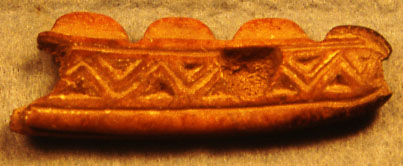
Carved bone caiman mandible
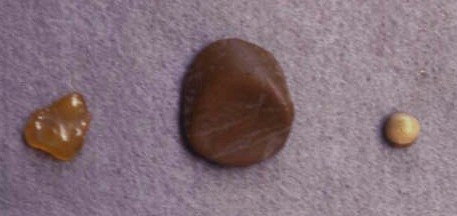
Ambar and pearl as possible incrustations
A turtle carapace with perforations was found at Mound 6. It may have been a form of breast plate, or possibly part of a headdress. A similar object was found at Malacatoya (north of Granada).

Turtle shell pendant
Teeth were perforated for suspension,probably on necklaces. These included human, peccary, and shark teeth.

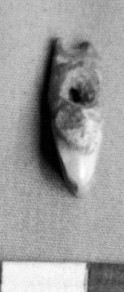
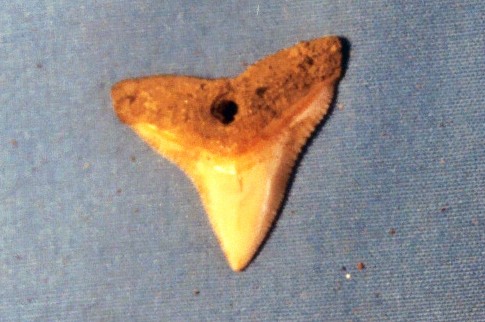
Human teeth Shark's tooth
Shell adornment was made from salt water species, including conch and spiny oyster (Spondylus sp.). Expended cores of conch, for example, indicate that manufacture of shell objects took place at Santa Isabel. Furthermore, the relatively high amount of debitage compared to the rare finished pieces suggests that at least some of the shell jewelry were probably exchanged outside of the community.
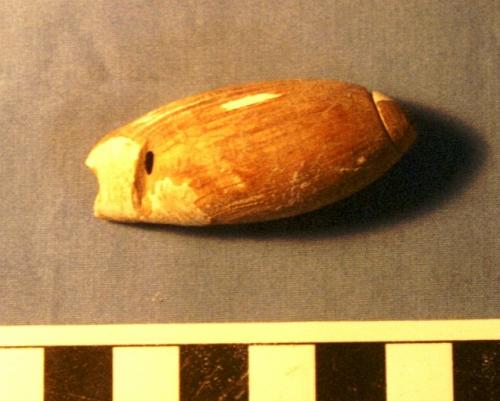
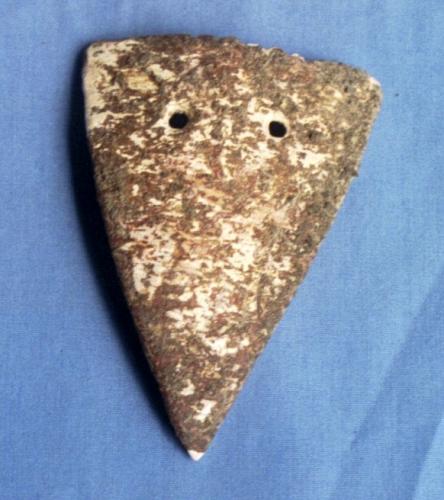
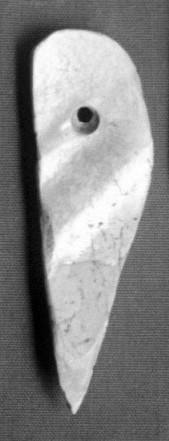
Shell ornaments
One of the exciting discoveries at Santa Isabel was the presence of greenstone, and even the evidence for on-site production of finished objects. Again there seems to be more evidence of debitage than of actual finished pieces, suggesting trade or tribute as the final destination of some of the objects. Greenstone objects were typically small, such as beads and pendants.
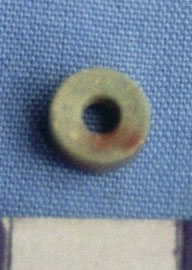


Bead Decorated celt Pendant
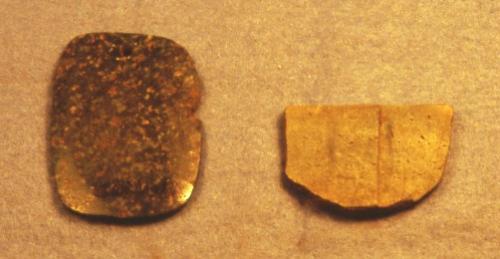
Greenstone pendant and manufacturing blank

